Ways to Deal with the “Tech Neck” Chin Issues

Technological progress brings not only new opportunities but also health problems. How many people now sit hunched over their phones? We see people with phones on the street, in cafes, and in the park. We sit like this on a laptop in the office or at home. The head is tilted, the shoulders are tense, and the eyes are squinted. And the chin is pressed so tightly against the neck that a problem, such as a double chin, appears. So day after day! Of course, the neck reacts to the unusual position with pain.
This is now a widespread condition known as “tech neck.” Wild tension in the neck is caused by looking down at the screens of our gadgets. How to fix “tech neck”? How to deal with its consequences, in particular with a double chin? We have practical advice for you.
Tech Neck and Double Chin
This is a modern epidemic. With the advent of the Internet, new habits have entered our lives. Sitting for hours in front of the phone or spending days at the computer has become the norm. This has a detrimental effect on the health of the spine. In particular, the neck. And it also leads to the appearance of a double chin. Why is this hunched posture so harmful? Tilting our head forward just 60 degrees to look at our smartphone puts 60 pounds of pressure on the cervical spine! If you also do not change your posture, refrain from massage, and avoid stretching, your condition can worsen.
When a person sits or stands up straight, his spine easily bears this weight. But when we tilt our heads, the pressure on the neck increases. And when you try to read something on your phone or laptop while it’s on your lap, you tuck your chin in. This habit is called “double-chin scrolling,” and it puts extra strain on the back of your neck.
What Are the Symptoms of a Text Neck?
Text neck syndrome presents with a range of symptoms. Sometimes, a person experiences mild discomfort, and at other times, the pain can become unbearable. Constant or intermittent neck pain is one of the noticeable symptoms of text neck. Tension and overstrain in the shoulder muscles can lead to discomfort or pain. People often experience pain in the upper back as well. Text neck can cause severe headaches.
Additionally, individuals with text neck may experience difficulty turning their heads. Muscle stiffness, neck spasms, and numbness or tingling that extends down to the arms are also characteristic. Sometimes, the effects become even worse. A person may experience sharp, sudden pain in the neck, weakness in the arms due to nerve compression, and even excessive eye strain or dizziness. Some people may also experience lower back pain because the neck eventually leads to changes in posture. It’s essential to take care of yourself promptly. Do not delay your doctor’s visit under any circumstances.
What Causes Text Neck Syndrome?
Text neck syndrome is caused by long-term and repeated poor posture while using various other electronic devices. Maintaining an awkward head position while looking at screens for extended periods can lead to neck pain and other health issues. Typically, users spend an average of 2 to 4 hours a day looking at their devices. But many of us sometimes spend even more time in an awkward position while using a laptop or phone. The prevalence of text neck has increased dramatically. Unfortunately, over time, it can cause the muscles of the upper back and neck to weaken. This causes the muscles in the chest and front of the shoulder to become tense. This imbalance further aggravates poor posture.
Reasons for the Appearance of a Double Chin
The issue of a double chin is relevant for both women and men. The apparent reason is excess weight. Moreover, once you lose weight, the double chin goes away. Unfortunately, this is not always the case. Often, defects in the neck-chin area are associated with internal body processes or external factors. A double chin typically appears when the elasticity of the dermis in the neck area decreases and the neck muscles weaken. Then, the subcutaneous fat layer begins to increase rapidly. The muscles can no longer support the skin, and it sags, which is often accompanied by local fat deposition.
The reasons for the appearance of a double chin can be attributed to age-related changes, excess weight, genetics, and other factors. A double chin can also be a consequence of a person’s genetic characteristics. Age is also an important factor. However, we will now discuss a factor known as a tech neck, which can lead to the appearance of a double chin.
How to Prevent Technical Neck and Double Chin
Here’s what you can do:
Laptop Stand
Curling up on the couch with your laptop and your head down is a favorite pose for many. Unfortunately, this pose can easily lead to a condition known as “tech neck” and, accordingly, a double chin. There is another pose. Many people like to lie with their laptop on their chest, looking down. The neck also suffers in this position.
Tech Neck Treatment
Many people suffer from neck tension due to their devices, as well as a double chin and the posture problems that result. How to prevent such a tech neck? How to take care of yourself? We cannot spend less time on the computer because many people have work tasks that require it. We also communicate on social media and often read the news on our phones.
Take a 20-20-20 break
Be sure to take a 20-second break every 20 minutes! During this time, look at something at least 20 feet away. This exercise will not only help your neck but also your back. It will also provide relief to your tired eyes. Forgetting to take breaks? Set a timer or use a reminder app!
Elevate it
Use a laptop stand on your desk and hold your phone higher in your hands. Raise the laptop or phone screen to eye level. Don’t look down; look straight ahead. Keep your neck in a healthy position.
Do the Chin Tuck
This is a great exercise to strengthen your neck muscles. Simply sit up straight, tuck your chin, and tilt your head back a little so that your ears are level with your shoulders. It will appear as if you are intentionally creating a double chin. Hold this position for 5-10 seconds and repeat. This simple movement can significantly reduce neck tension.
Stretching
Simple stretching exercises can help relieve neck tension. Tilt your head from side to side and roll your shoulders. This will help relieve tension. Extend your arms behind your back to open your chest. This is a great way to counteract forward lean.
Maintain Good Posture
Lean back in your chair, relax your shoulders, and straighten your back. Try to keep the screen at eye level and your hands comfortably below. You may need an external keyboard for this purpose.
Reduce Reading Time on Your Phone, which You Hold in One Hand
We hold our phones in one hand. Not only does this strain your wrist, but it also causes you to lean forward. Try using both hands or at least hold the phone closer to eye level.
Massage for Tech Neck Prevention
It is better to relax tense muscles. This will have a positive effect on your health. And it will also help you avoid pain.
Bottom Line
Tech neck is really a very “common phenomenon” now. We often don’t even notice the harm that the seemingly harmless habit of reading from a phone or hunching over a laptop can bring. When you decide to read in an uncomfortable position again, consider adopting a correct posture, using a laptop stand, or taking breaks. Engage in regular exercise, give yourself a massage, and visit your doctor on time. Tech neck can result in a double chin. We will perform chin surgery and help you resolve the issue. We are always ready to help you.
Would you like to change something? Welcome to Robinson Facial Plastic Surgery! Dr. Ernest B. Robinson’s expertise in the fine structure of the face, anatomy, and aesthetics stems from his specialized training in otolaryngology—head and neck surgery, a fellowship in facial plastic and reconstructive surgery, and over 20 years of experience caring for patients. Contact us just now.

Dr. Ernest Robinson
Facial Plastic Surgeon
With over 28 years of experience, Dr. Ernest B. Robinson, a dual board-certified facial plastic and reconstructive surgeon, leads a Southern California practice. A graduate of Loma Linda University School of Medicine, he specializes in Facial Plastic surgery and corrective surgeries of the Head and Neck. Board-certified by the American Academy of Facial Plastic and Reconstructive Surgery and the American Board of Otolaryngology – Head and Neck Surgery, Dr. Robinson welcomes patients from Aliso Viejo, Irvine, Laguna Hills, Laguna Niguel, Lake Forest, Mission Viejo, and nearby areas at his offices in Aliso Viejo and Laguna Hills, California.
Location: Aliso Viejo and Laguna Hills, California
Areas of Expertise: Facial Plastic and Reconstructive Surgery,Cosmetic and Corrective Surgeries,Patient-Centric Care
Trust Your Face To A
Facial Plastic Surgeon

Testimonials
Patient Testimonials
Surgical Procedures
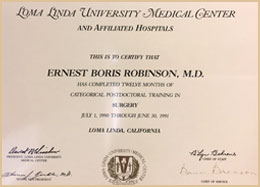
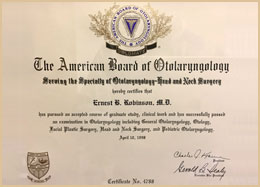
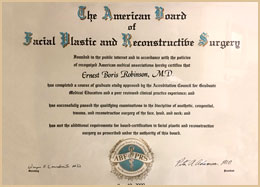
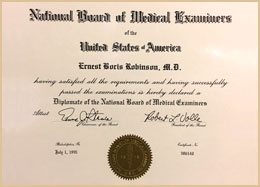
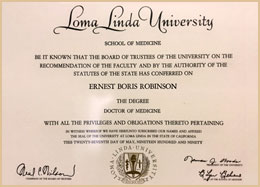

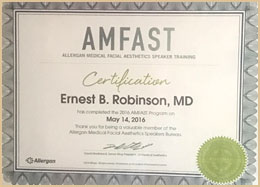
Our Offices
949 831 5900 | 888 355 3223
15 Mareblu ste 340,
Aliso Viejo, CA 92656
24022 Calle De La Plata
Laguna Hills, CA 92653-3626

This website does not contain medical advice and the use of this website does not create a physician/patient relationship between you and Robinson Facial Plastic Surgery. The photographs of models displayed on this web site are for decorative purposes only. See before & after photos for possible results.
Quick Contacts
- Phone : 949 831 5900 | 888 355 3223
- Email : clinic@surgery.co
- Address : 15 Mareblu ste #340, Aliso Viejo, CA 92656
- Country : United States
- Copyright © 2025 Robinson Facial Plastic Surgery
- Technijian. All rights reserved.
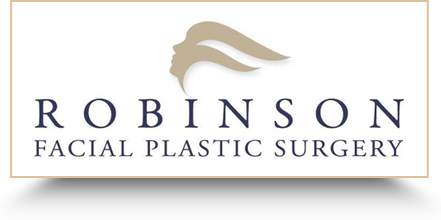

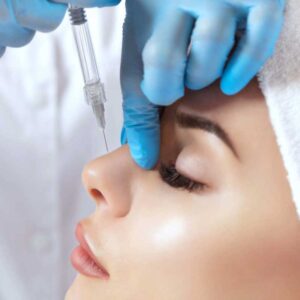

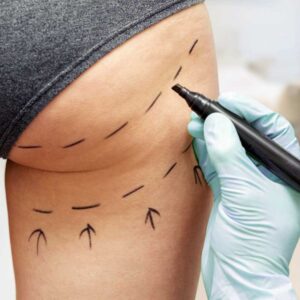
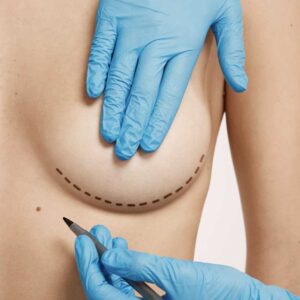

Leave a Reply